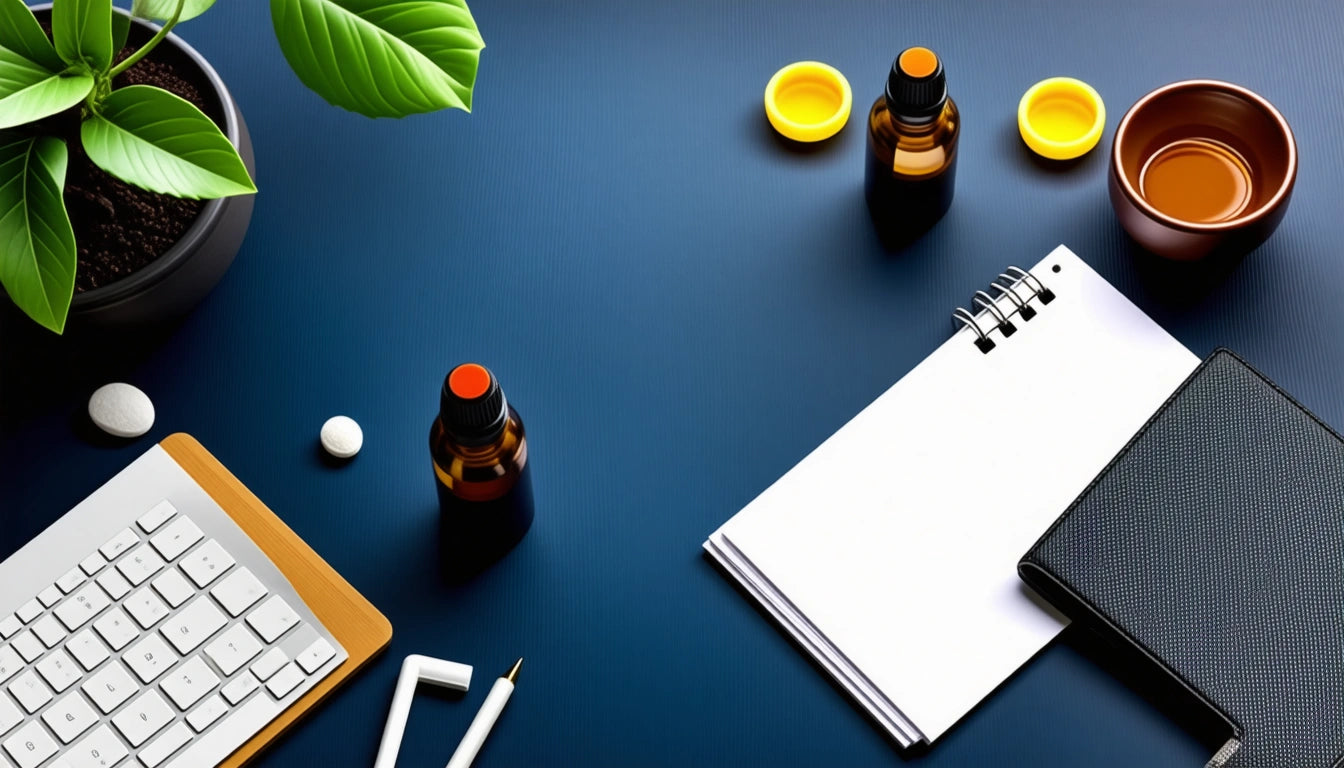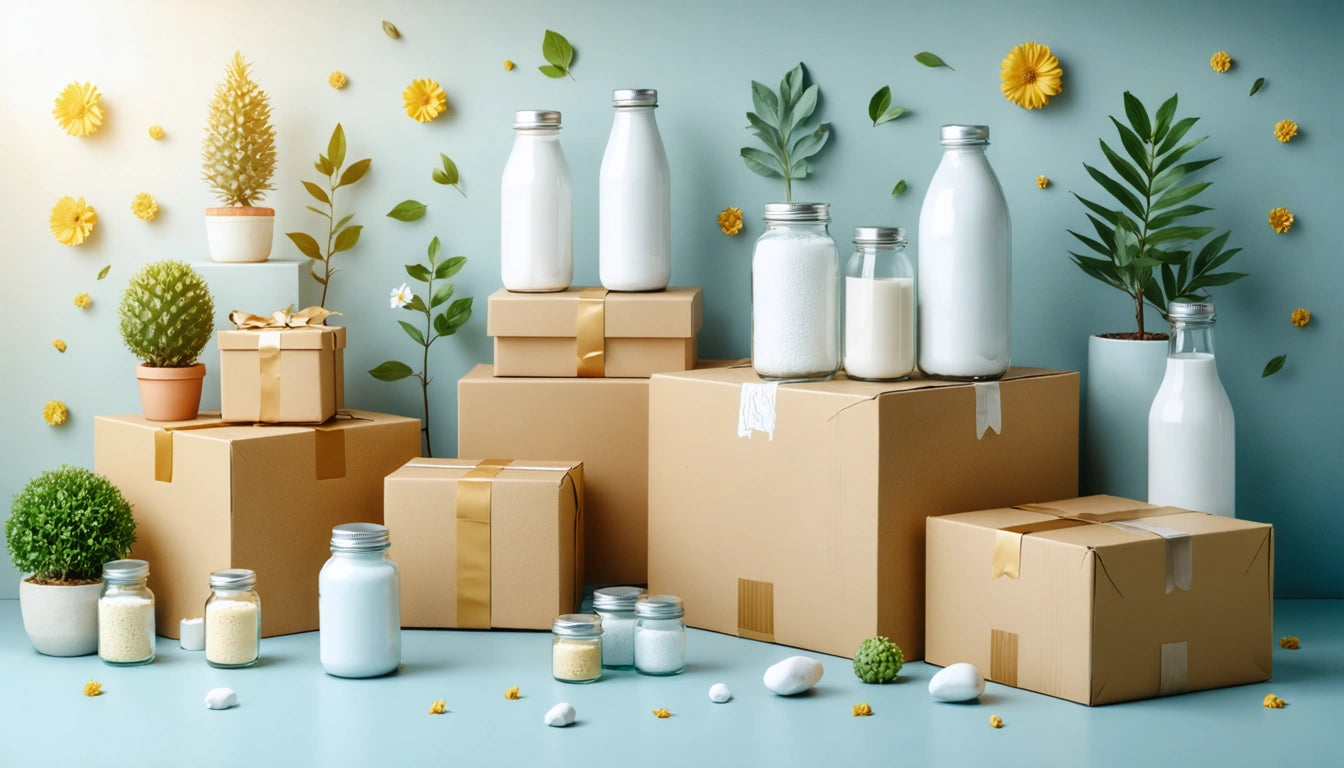Table of Contents
- Understanding Tinctures: What They Are and Why They're Popular
- How to Make a Basic Tincture: Step-by-Step Guide
- The Green Dragon Method: Making Potent Tinctures with Alcohol
- Using Tinctures Effectively: Dosage and Administration
- Storage, Safety, and Compliance Considerations
- Advanced Techniques and Formulations
- Tincture Innovations and Future Applications
How to Make and Use Tinctures: A Comprehensive Guide
Tinctures offer a discreet, precise, and effective way to consume herbal extracts. Whether you're looking to make your own at home or optimize your usage of store-bought products, understanding the fundamentals of tincture creation and consumption is essential. This guide covers everything from basic recipes to advanced techniques for making and using tinctures.
Understanding Tinctures: What They Are and Why They're Popular
Tinctures are concentrated herbal extracts made by soaking plant material in a solvent, typically alcohol, glycerin, or oil. The solvent extracts the plant's active compounds, creating a potent liquid that can be consumed in small doses. Their popularity stems from several advantages:
- Long shelf life (often 1-5 years when properly stored)
- Rapid absorption when taken sublingually
- Precise dosing capabilities
- Discreet consumption without smoking or vaping
- Versatility in formulation and usage
According to this comprehensive guide on THC tinctures, these liquid extracts have been used medicinally for centuries before modern pharmaceuticals became available.
How to Make a Basic Tincture: Step-by-Step Guide
Learning how to make tincture at home requires just a few basic supplies and ingredients:
Supplies Needed:
- Plant material (dried herbs, flowers, or other botanical matter)
- High-proof alcohol (Everclear, vodka) or food-grade glycerin
- Glass jar with tight-fitting lid
- Cheesecloth or fine mesh strainer
- Amber dropper bottles for storage
- Funnel (optional but helpful)
- Label materials
Basic Process:
- Grind or chop your plant material to increase surface area
- Place material in the glass jar
- Pour enough solvent to completely cover the plant material plus 1-2 inches
- Seal the jar tightly and store in a cool, dark place
- Shake the jar daily for 2-6 weeks (longer for stronger potency)
- Strain the liquid through cheesecloth into a clean container
- Transfer to dropper bottles for storage and use
For those wondering how to make tincture with Everclear specifically, this high-proof alcohol (95% alcohol/190 proof) is often preferred because it extracts a broader spectrum of plant compounds compared to lower-proof alternatives.
The Green Dragon Method: Making Potent Tinctures with Alcohol
For those interested in how to make green dragon tincture, this method involves using heat to accelerate the extraction process:
- Decarboxylate your plant material in an oven at 240 °F for 30-40 minutes
- Place the decarboxylated material in a mason jar
- Add high-proof alcohol like Everclear
- Seal the jar and place it in a water bath at 170 °F for 20 minutes
- Remove from heat, allow to cool, then strain
This method significantly reduces the waiting period from weeks to hours while still producing a potent extract. For detailed instructions on this process, this complete guide on cannabis tinctures provides specific ratios and techniques.
Using Tinctures Effectively: Dosage and Administration
Understanding how to use tinctures properly is crucial for achieving desired effects while avoiding overconsumption:
Sublingual Method:
The most common and effective way to use a tincture dropper is sublingual administration:
- Fill the dropper with your desired dose
- Place the liquid under your tongue
- Hold for 30-60 seconds before swallowing
- Effects typically begin within 15-45 minutes
Other Administration Methods:
- Adding to beverages or food (slower onset, 45-90 minutes)
- Topical application for localized effects
- Incorporation into recipes
As this guide on proper tincture usage explains, starting with a low dose and gradually increasing is recommended, especially for beginners.
Storage, Safety, and Compliance Considerations
Proper storage and safety protocols are essential when making and using tinctures:
- Store in amber or blue glass bottles to protect from light degradation
- Keep in a cool, dark place away from heat sources
- Always label with contents, potency, and production date
- Keep out of reach of children and pets
Safety considerations extend to packaging as well. According to regulatory guidelines on packaging safety, products containing certain active ingredients must use child-resistant packaging to prevent accidental ingestion by children. This is particularly important for alcohol-based tinctures or those containing potent extracts.
Advanced Techniques and Formulations
For experienced tincture makers, several advanced methods can enhance potency or target specific compounds:
How to Make Tinctures with Distillate:
Using pre-extracted distillate can create precisely dosed tinctures:
- Heat your carrier oil gently (MCT oil works well)
- Add your measured distillate
- Stir until completely dissolved
- Add optional flavorings or terpenes
- Transfer to dropper bottles
Cold Extraction Method:
For preserving heat-sensitive compounds:
- Freeze plant material and alcohol separately for 24 hours
- Combine while cold and store in freezer
- Shake daily for 2-3 weeks while keeping frozen
- Strain and bottle as usual
These advanced techniques allow for customization based on specific needs and preferences, as detailed in this guide on making tinctures from various herb forms.
Tincture Innovations and Future Applications
The world of tinctures continues to evolve with new formulations and delivery methods emerging regularly. Water-soluble tinctures, nano-emulsified formulations, and combination products that blend multiple botanical extracts are becoming increasingly popular. These innovations address common challenges like taste, absorption rates, and onset time.
For consumers looking for the best tincture brands rather than making their own, the market now offers products with precise cannabinoid ratios, organic ingredients, and specialized formulations for specific effects. When selecting commercial products, look for third-party testing, clear labeling of ingredients and potency, and appropriate child-resistant packaging that meets safety standards while allowing proper administration.
Whether making your own tinctures at home or purchasing commercial products, understanding the fundamentals of how tinctures work and how to use them effectively will help you maximize their benefits while ensuring safe consumption practices.











Leave a comment
All comments are moderated before being published.
This site is protected by hCaptcha and the hCaptcha Privacy Policy and Terms of Service apply.